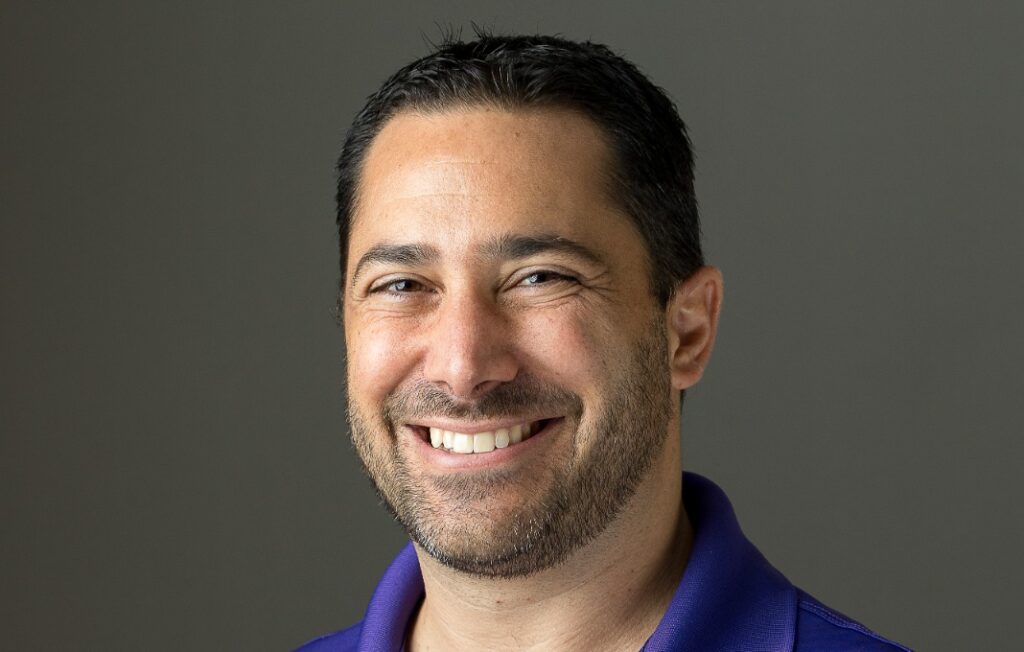Just a few years ago, Jenni Short, chief people officer at Texans Credit Union, faced a challenging turnover rate of 63 percent for member-facing positions. She made sure salaries were competitive, but the bigger moves, she says, were to revamp the organizational culture and enhance employee engagement. As a result, turnover was decreased to just 19 percent.
The turnover rate is just one of many challenges Short and her HR team have had to tackle over the past few years. She spoke with StrategicCHRO360 about how she successfully anticipates and navigates the changing needs of her organization, and what other HR leaders can do to create a positive work culture.
Can you share an example of a specific HR trend that you successfully anticipated and addressed at the credit union? What strategies did you employ to navigate this trend effectively, and what were the outcomes of those efforts?
Yes, like other organizations, we had to tackle the emerging HR trend of implementing hybrid work environments. Recognizing the changing needs and expectations of our employees, we understood that providing flexibility in where and how work gets done was becoming increasingly important. To navigate this trend effectively, we devised a multifaceted strategy that emphasized maintaining a strong sense of connection among our employees, regardless of their location.
To ensure that our employees felt connected, we introduced “Welcome Wednesdays,” where employees coming into the office were greeted with engaging activities such as serving ice cream bars and organizing mocktail parties during happy hours when everyone was present. This not only fostered a sense of community but also promoted positive interactions among team members.
We recognized that achieving the right balance was crucial to the well-being of our staff and, in turn, the success of our organization. By offering flexibility and creating a workplace that values both professional and personal lives, we ensured that our employees remained connected, engaged and motivated.
Could you describe a situation where you were able to significantly decrease turnover rates? What key initiatives or practices did you implement to achieve this, and what were the long-term benefits for the organization?
In my role as chief people officer, the team and I successfully led a remarkable turnaround in reducing turnover rates at our organization. In 2019, we faced a staggering 63 percent turnover rate in our member-facing roles. To address this challenge, we increased our minimum starting wage to remain competitive in the job market, which not only attracted more talent but also ensured our existing employees were well-compensated.
However, the true transformation came through our efforts to revamp our organizational culture and enhance employee engagement. We established a “Fun Committee” that provided employees with opportunities to contribute their ideas and initiatives, creating a workplace that felt enjoyable and fulfilling.
We also restructured our onboarding and training processes, ensuring employees felt prepared and confident in their roles from day one. An inspiring initiative was creating a new hire orientation program called “I’m a Texan,” which fostered a sense of belonging and connection from the moment employees joined our organization.
As a result, our turnover rate dramatically dropped to just 19 percent, and this positive change has had long-term benefits for our organization, including improved employee morale, reduced recruitment costs and an overall increase in productivity and satisfaction throughout our workforce.
Can you provide an example of a specific organization or project where you played a pivotal role in aligning HR strategies with broader organizational goals? What were the key strategies you employed, and what outcomes were achieved?
My team and I spearheaded the alignment of HR strategies with broader organizational goals by emphasizing the importance of setting our people up for success and fostering a strong sense of connection to Texans. This approach extended beyond the traditional employment relationship, aiming to make our employees feel like they were part of something larger, not just punching the time clock but serving our members with dedication and purpose.
Our strategy involved integrating this mindset into every aspect, from the benefits our employees received to our customer-focused philosophy, and our commitment to inclusion and cultural values. A powerful moment we introduced for new staff is a “name badge ceremony” that reinforced that we are all part of something bigger.
Through these efforts, we ensured that our employees were not only ready but also comfortable in their roles, leading to improved morale and a stronger connection to our organizational mission and goals. This alignment resulted in increased employee engagement, improved service to our members and a shared sense of purpose, ultimately contributing to the overall success and growth of our organization.
What advice would you give to other HR professionals looking to stay ahead of the curve and implement innovative HR practices?
Our approach to identifying and adopting HR trends centers on viewing HR professionals as business partners who “happen to” specialize in the field of human resources. To stay ahead of the curve, it’s crucial to understand businesses and organizations as a whole and how various trends impact them, especially concerning factors like employee retention.
The key is to recognize that trends in other industries might influence HR practices in our own. This broader perspective enables us to proactively adapt and implement innovative HR ideals that align with organizational goals.
A critical piece of advice for HR professionals seeking to remain at the forefront of industry trends is to maintain open lines of communication with your team. This involves leveraging tools like surveys and conducting one-on-one conversations to gather valuable insights and feedback from each team member. By listening to your team and understanding their needs and concerns, you can identify trends and innovative solutions that address specific challenges and opportunities within your organization.
An excellent example of this approach is rolling out a well-being spending account, which emerged from my conversations with team members and a willingness to experiment with various solutions. Your team often holds the best insights into what will work best for your organization, and by fostering a culture of collaboration and feedback, you can adapt to emerging HR trends more effectively and drive positive change.








